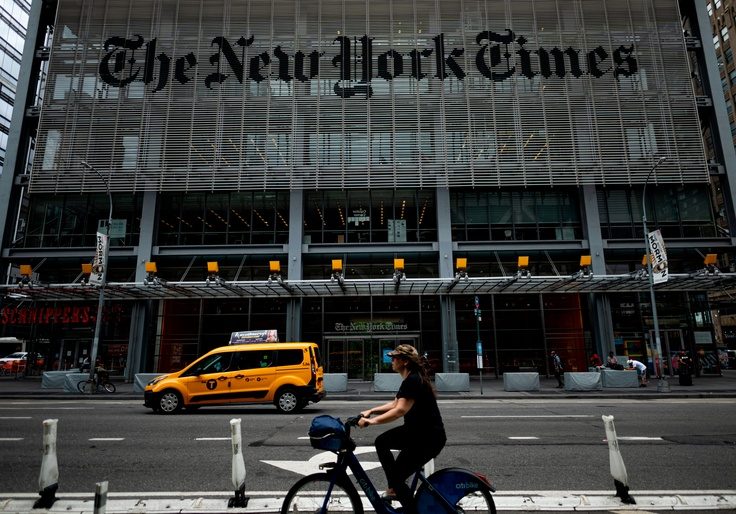On the campaign trail in 1992, Bill Clinton famously promised a cabinet that "looks like America." By that, Clinton meant he intended to pick a leadership team that reflected the racial and gender diversity of the United States.
That's a laudable goal insofar as it recognizes the potential contributions of all without regard to race or sex, and it is a goal we share. But it has become a shibboleth at the country's elite institutions behind which lies a deep hostility to white men. Call it the new systemic racism.
The latest crop of New York Times interns provides a window into the dynamics at work. Of the Times's 33 interns, one appears to be a white male. Five are men and 27 are women.
So much for looking like America, where census data suggest that white men account for about 30 percent of the population. They account for just 3 percent of Times interns. Men of all races account for 49.2 percent of the U.S. population and just 15 percent of Times interns. The Wall Street Journal's class of summer interns is similarly unrepresentative of the country at large.
It is entirely possible that few white men applied, or qualified for, these positions. It is more likely that two of the country's leading newspapers are engaged in overt discrimination. After all, Times leaders issued a sweeping report in February that carefully tracked the racial composition of the newspaper at all levels and concluded that it suffers from "coverage that remains rooted in white perspective."
The new definition of diversity also sheds some light on the admissions statistics trumpeted earlier this month by Princeton University. The Ivy League school crowed that 68 percent of the U.S. residents admitted to its incoming freshman class "self-identify" as "people of color."
Maybe white high schoolers overlooked Princeton this year. But we think there's a greater likelihood that the university is treating white applicants the way Harvard treats Asians—and that, aware of the way hiring works at the country's elite institutions, today's ambitious high schoolers are rushing to discover long lost indigenous ancestors.
The understanding of smart young people today that there are material benefits to identifying as a minority should be enough to give the lie to claims of systemic racism—at least against minorities.
